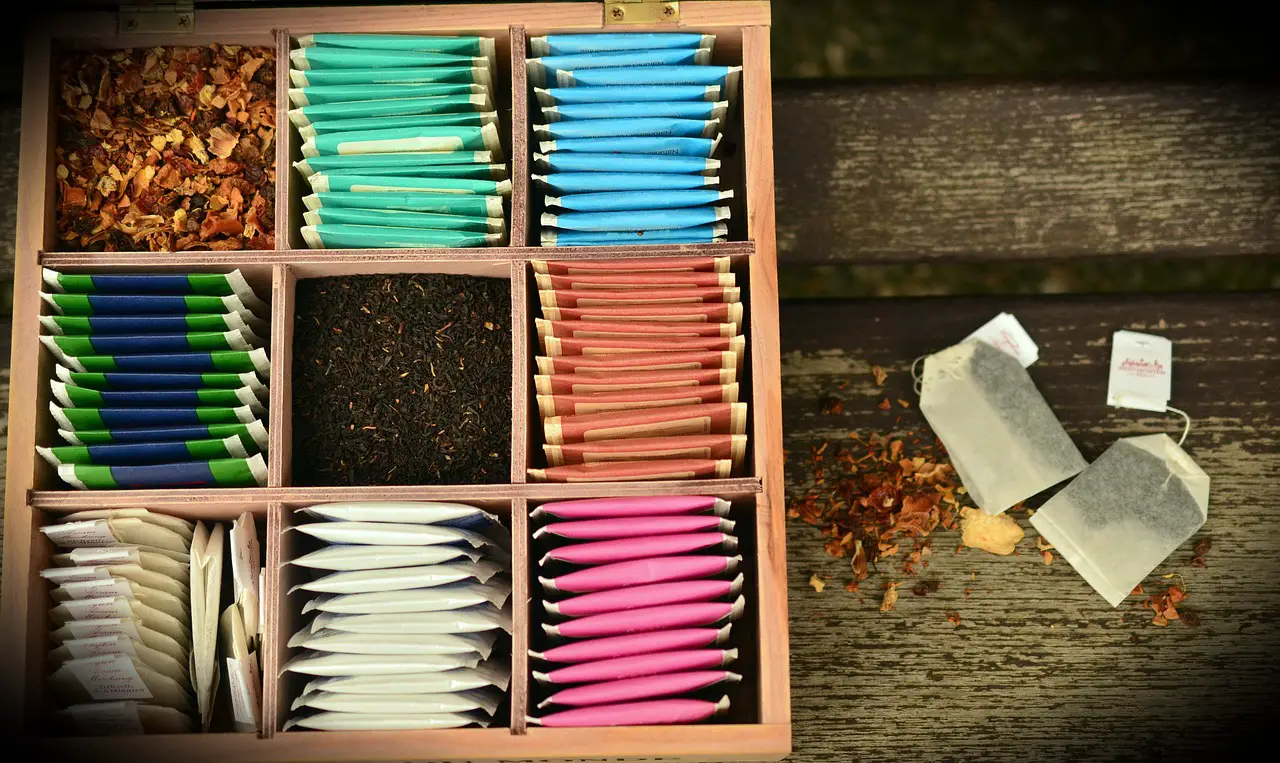
[dropcap]A[/dropcap]ll teas come from Camellia sinensis. But there are different types of tea available. Each has its own appearance, taste, and aroma. The harvest of tea will vary throughout the year because of the changes in climate and other seasonal conditions. It means that not all teas in the same garden will taste the same from one year to the next. A particular tea gains its character from how it is cultivated and processed.
Teas are placed in several categories. But the most common categories are the following:
- Green
- White
- Oolong
- Black
- Fermented
The categories refer to how much tea is fermented or oxidized. Europeans thought that teas were the result of a fermentation process, which is similar to wine or cheese. However, in modern science, it is the oxygen that alters the tea leaves. When you expose the tea leaves to the air, it can bring out its individual flavors and aromas.
In general, the less the tea is oxidized, the lighter and gentler its taste and aroma. Thus, heavily oxidized tea will produce an earthy infusion. White tea will yield a yellow-green liquor. But there are exceptions to this rule.
Fro example, the gyokuro tea, which is the highest grade Japanese green tea, has a more intense flavor than the black tea from Sri Lanka.
There are also infusions that are not real teas. Chamomile and Linden flower, for examples, are not true teas because they do not come from the same plant as those other teas. But because of their popularity, they are usually included in several guides to different types of tea.
Types of Tea
1. White Tea
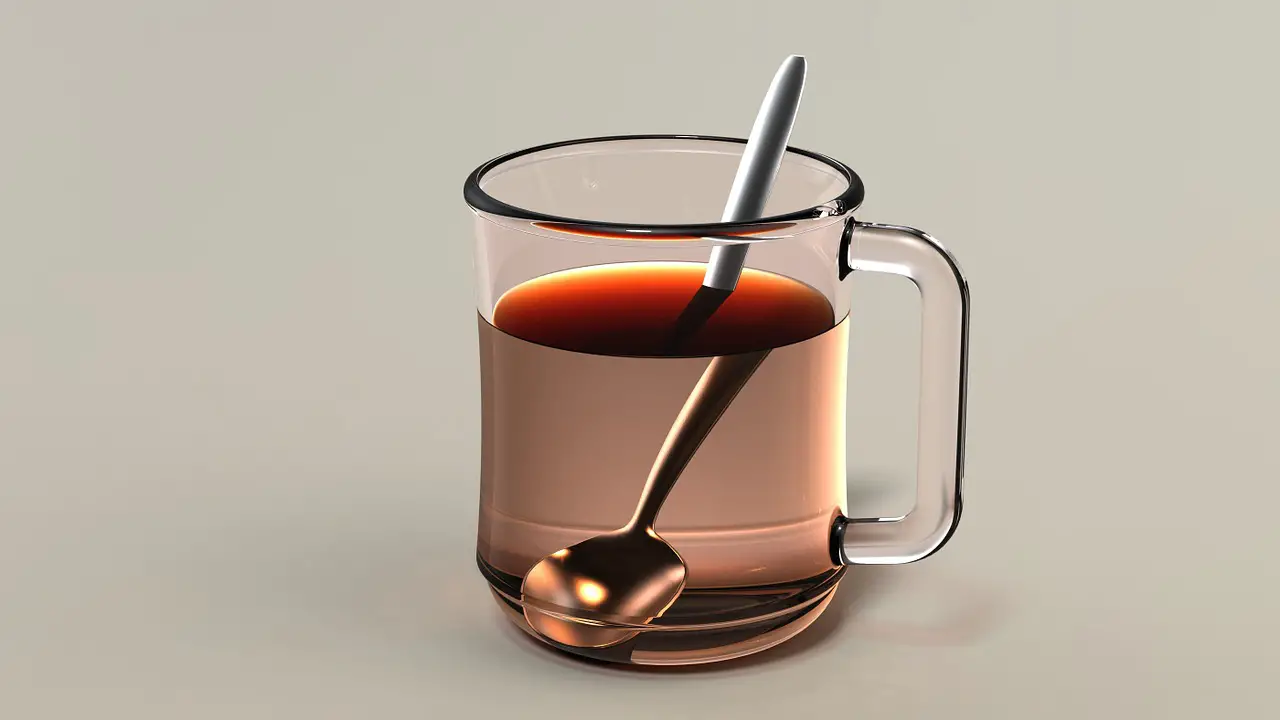
Of all varieties of tea, white tea is the least processed, thereby, considered as the healthiest. It doesn’t undergo processing and is made from nutrient-rich bud from the plant’s tip.
On the US market, this tea is rated as one of the hottest products. Because of its continued media attention, white tea shows no signs of slowing down. Most health experts recommend it because of its anti-cancer benefits.
As regards to its levels of antioxidants and theanine, this type of tea has the highest levels. Theanine encourages mental and physical relaxation while it enhances mood and reduces anxiety.
It can also boost the immune system and increase concentration.
Regarding caffeine content, this tea has the lowest caffeine of all the pure teas.
How about its appearance?
White tea retains its natural appearance because it undergoes little processing. One of the highest grades of white tea is Silver Needle.
As regards to its flavor, white tea has a gentle, sweet, unique floral notes. This type of tea is ideal for those who don’t like the strong flavors of green tea. Because it’s not bitter and it has a delicate, smooth flavor, it blends well with other ingredients. For those who are still new in drinking tea, white tea is an ideal choice to get into the world of teas.
With its fantastic quality, it makes white tea as attractive to seasoned tea connoisseur.
2. Green tea
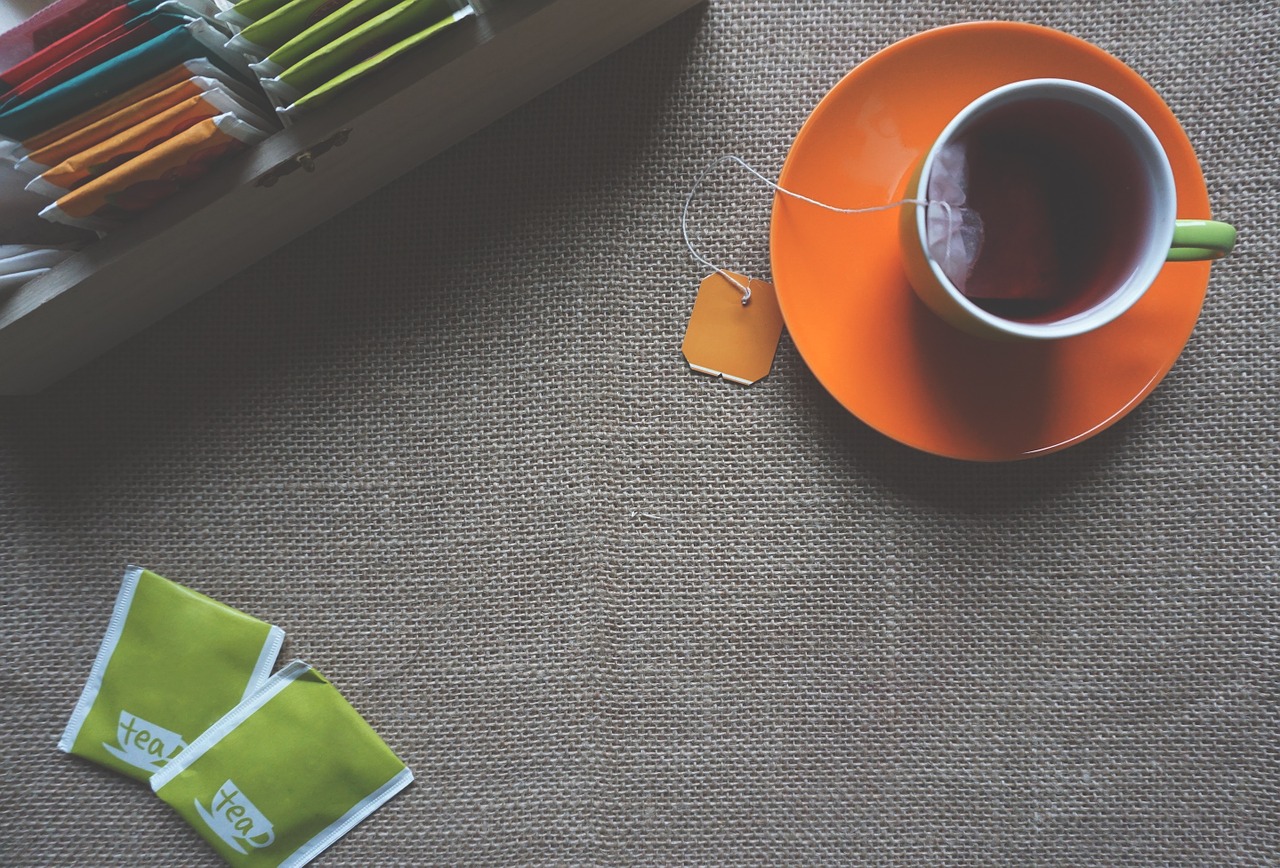
It’s one of the most popular and fastest growing tea in the US market because of its media attention about its health benefits. Rich in EGCG (epigallocatechin gallate), green tea is famous because of its ability to promote weight loss and achieve a healthy body.
It involves minimal processing. Thus, it retains its natural appearance and color. Its healthy properties are also maintained. Regarding flavor, different types of green tea vary in taste. You can have grassy and sweet or floored and fresh. Some green teas are also nutty and roasted.
The flavor of green tea will depend on the variety, soil, weather, elevation and season of harvest. It also varies depending on how it has been cultivated or originated.
Green tea is produced by withering of the plant until its leaves are flaccid. Then, the leaves are steamed or fired to stop the leaf enzymes from reaction with oxygen. It is done by pan-firing the leaves. This process is commonly used in China. In Japan, however, green tea is accomplished by steaming its leaves at a very high temperature.
The Chinese style of processing brings out the aromatic flavor of the tea. The steaming process produces herbaceous quality.
At Davao Weight Loss Shop, we sell Herbalife Concentrate Tea that contains a high amount of antioxidant and thermogenic properties. It has the same amount of antioxidants found in green tea.
3. Oolong tea
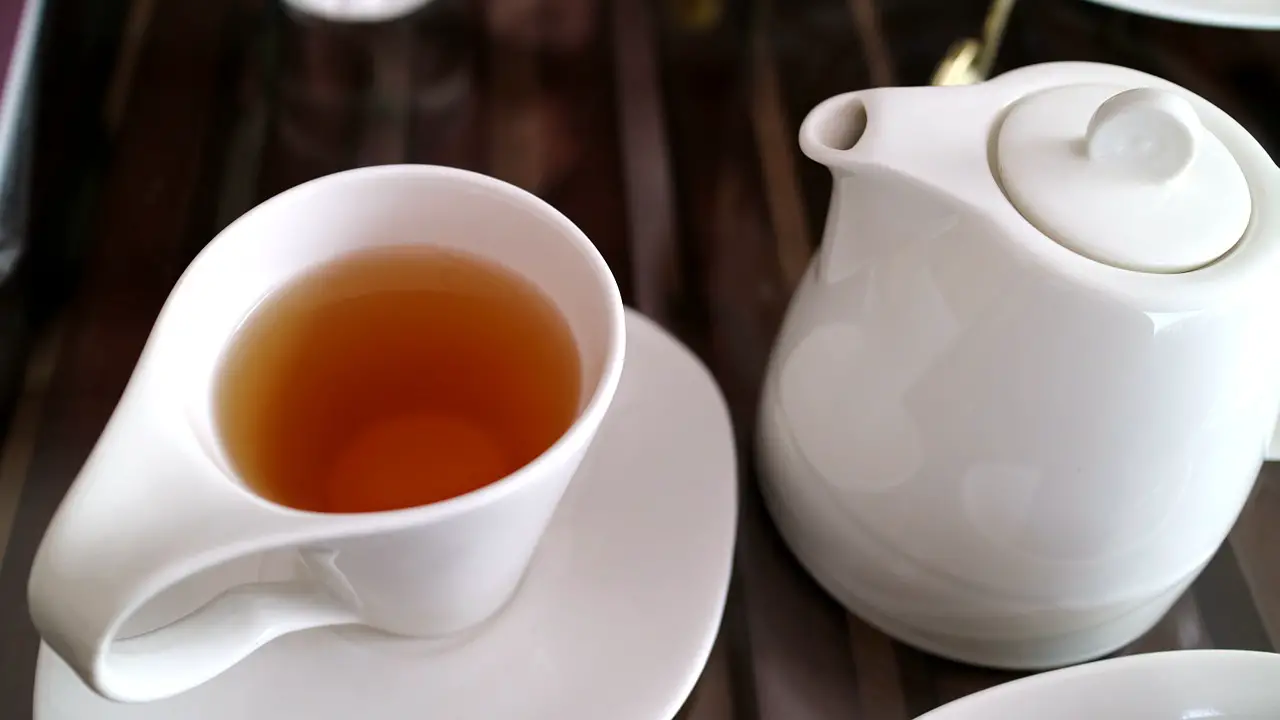
It’s a favorite tea among connoisseurs. Oolong tea is semi-oxidized. It has characteristics that are almost the same as green and black teas. Its leaves are brownish, and it has a large appearance. It also produces aromatic, complex and smooth brew.
The Classic Oolong Tea
Manufacturing of classic oolong tea is limited to Southeastern China. It is also cultivated in Taiwan. Different tea makers have their ways of making this tea. The intricacy of the process makes oolong have the widest array of aromas and flavors. If it’s of the highest quality, it’s the most expensive tea.
Green and Black
The aroma of oolong tea can be categorized in between green and black teas. When it is produced, its leaves are thrown in several bamboo baskets to discolor their edges. As a result, they release enzymes that respond to oxygen.
The outer part of the tea leaves are oxidized, but the center should be kept green. Some oolongs on the market are more oxidized. Thus, they have the same characteristics as the black teas. Other oolongs are less oxidized. They have a closer aroma to green tea. Oolong of this variety has a lighter body with floral from and golden green infusion.
What are its benefits?
There are several health benefits of oolong tea.
- Reduces plaque
- Lowers cholesterol in the blood
- Boosts metabolism
- Assists in weight loss
Regular consumption of this tea could lower cholesterol and blood sugar. In Southeastern Asia, oolong tea has a reputation of being safe as a daily dieter’s tea.
4. Black tea
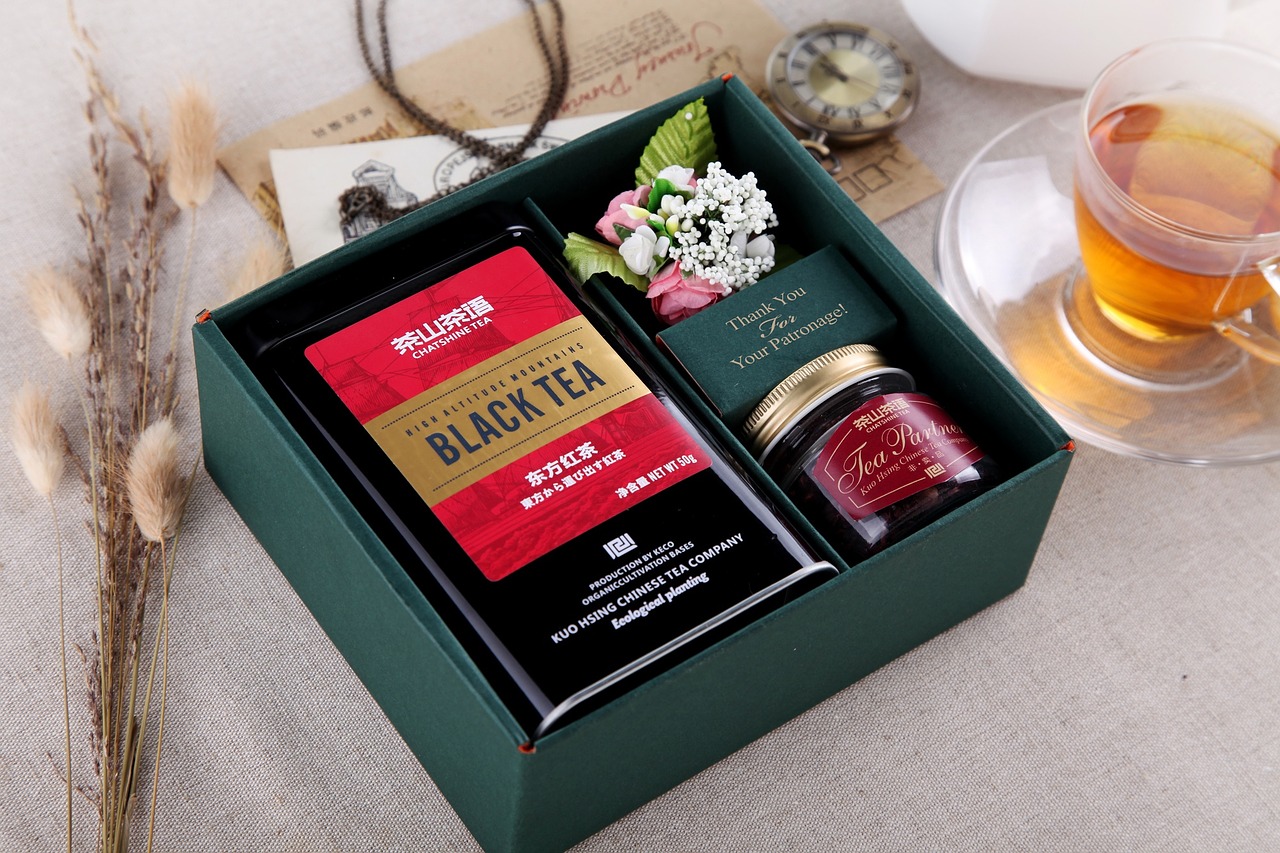
This tea is the most popular variety in the West. Among the types of tea, black tea is the one that is fully oxidized. Those classic teas that you can have for your English Breakfast fall in this category.
How to make a black tea?
Black tea is made of freshly-picked leaves. The leaves are withered until they can be rolled, so they release their juices, and their enzymes can react with oxygen. The sticky leaves are spread out as their juices are exposed to the air. From there, they begin to turn brown.
After their leaves are oxidized, they are fired to dry the leaf, so as to prevent further changes. Oxidizing the leaves will change their properties. Thus, they have dark, intense, brisk flavors. The oxidation process of black tea makes it unique and different from green tea.
The flavor
Black tea’s flavor will depend on the season that it has been harvested. It also depends on its country of origin, elevation and degree of oxidation, among others
Its leaf size is divided into full-leaf and broken-leaf categories. The former tends to have a more refined flavor, and it has a gentler effect on the palate. The latter, on the other hand, consist of leaves that are broken into small pieces while they are processed.
The broken-leaf teas are not the same as fanning, which is used in making paper tea bags. Dust tea consists of the poorest quality. It becomes stale quickly because of its powered consistency.
The health benefits of black are aplenty. They are rich in potent antioxidants. Containing a high amount of theaflavins and thearubigens, black shown to have an impressive ability to lower cholesterol level. It also offers several cardiovascular benefits.
5. Pu’er tea
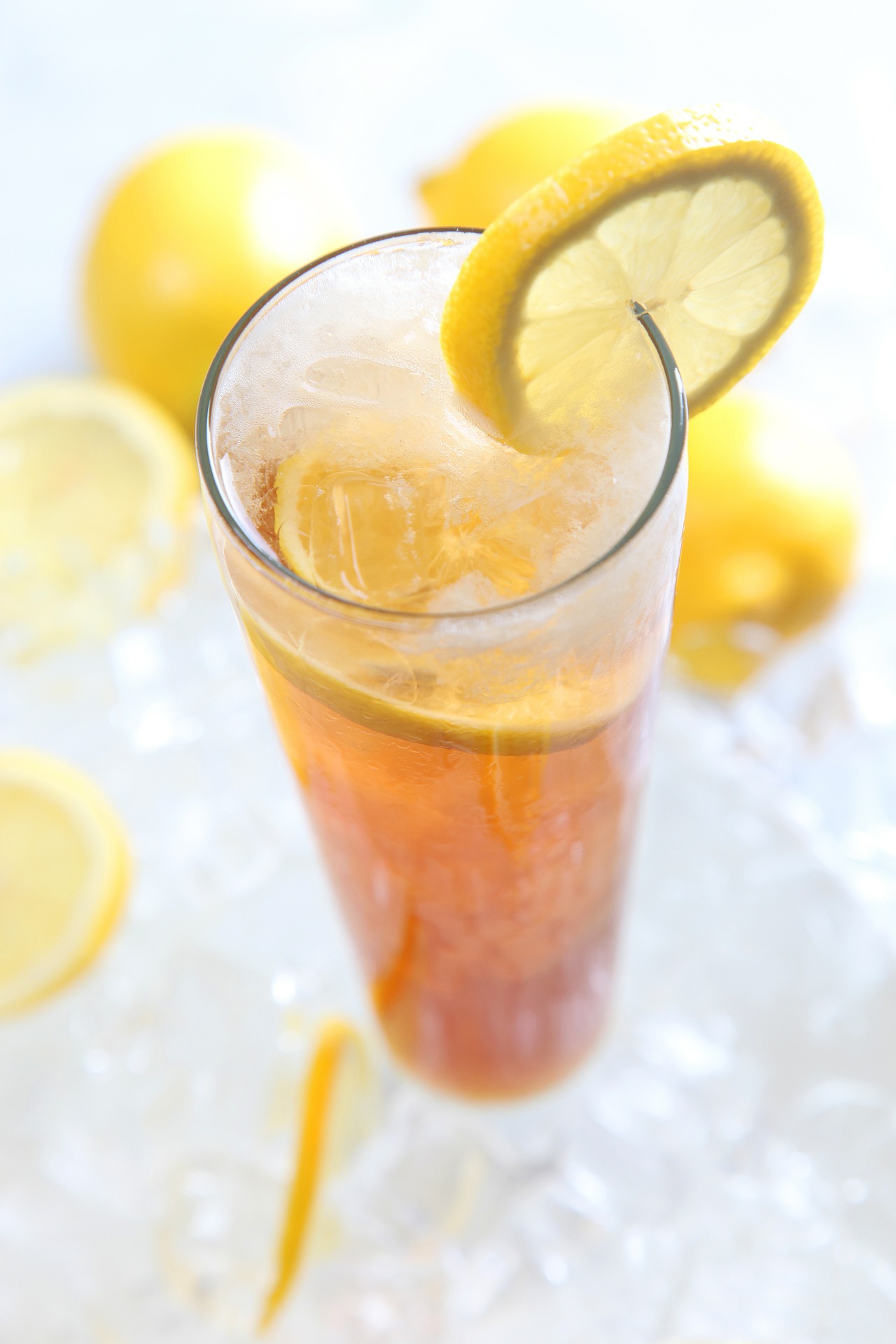
It is another variety of tea that is fermented. This tea got its name from a town where it came from. Originated in Yunnan province, Pu’er has larger leaves, and they aged for several years. The most highly prized tea of this type will have a light dusting of mold. Its leaves are compressed into various shapes before they are allowed to age.
During the aging process, this type is exposed to bacteria, which are used to ferment the tea. It is the same process used in fermenting wine and yogurt. However, the aging process of this tea takes longer than wine.
The flavor of Pu’er tea changes drastically while it increases its depth over many years. Just like wine, the most expensive tea is over 30 years old.
This type of tea is low in caffeine, and its taste is earthy and mellow. It lacks the stringency of other types of tea.
In China, this tea is known to aid the body in proper digestion. New studies have indicated that this tea reduces cholesterol.
There are different types of Pu’er tea. However, the true Pu’er coming from Yunnan province is considered as the most prized tea.
Speak Now ... Or Forever Hold Your Peace